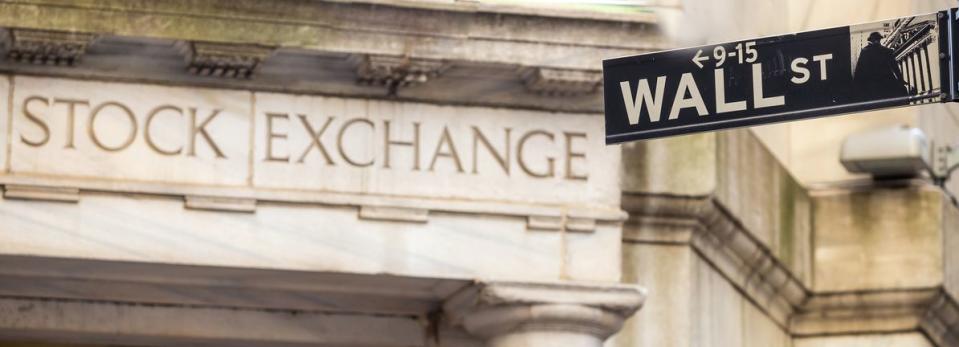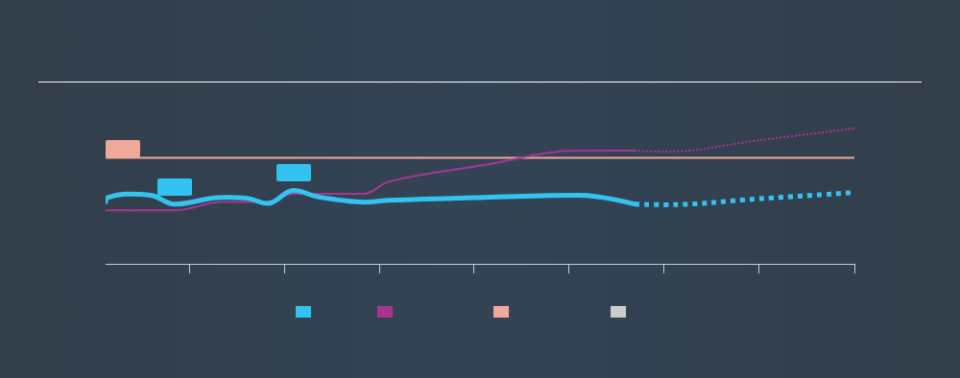Intercontinental Exchange, Inc. (NYSE:ICE) Looks Like A Good Stock, And It's Going Ex-Dividend Soon

Readers hoping to buy Intercontinental Exchange, Inc. (NYSE:ICE) for its dividend will need to make their move shortly, as the stock is about to trade ex-dividend. Investors can purchase shares before the 13th of September in order to be eligible for this dividend, which will be paid on the 30th of September.
Intercontinental Exchange's upcoming dividend is US$0.28 a share, following on from the last 12 months, when the company distributed a total of US$1.10 per share to shareholders. Calculating the last year's worth of payments shows that Intercontinental Exchange has a trailing yield of 1.2% on the current share price of $94.89. Dividends are a major contributor to investment returns for long term holders, but only if the dividend continues to be paid. That's why we should always check whether the dividend payments appear sustainable, and if the company is growing.
Check out our latest analysis for Intercontinental Exchange
Dividends are typically paid out of company income, so if a company pays out more than it earned, its dividend is usually at a higher risk of being cut. Intercontinental Exchange paid out a comfortable 29% of its profit last year.
When a company paid out less in dividends than it earned in profit, this generally suggests its dividend is affordable. The lower the % of its profit that it pays out, the greater the margin of safety for the dividend if the business enters a downturn.
Click here to see the company's payout ratio, plus analyst estimates of its future dividends.
Have Earnings And Dividends Been Growing?
Companies with consistently growing earnings per share generally make the best dividend stocks, as they usually find it easier to grow dividends per share. Investors love dividends, so if earnings fall and the dividend is reduced, expect a stock to be sold off heavily at the same time. It's encouraging to see Intercontinental Exchange has grown its earnings rapidly, up 36% a year for the past five years.
The main way most investors will assess a company's dividend prospects is by checking the historical rate of dividend growth. In the past 6 years, Intercontinental Exchange has increased its dividend at approximately 13% a year on average. It's exciting to see that both earnings and dividends per share have grown rapidly over the past few years.
The Bottom Line
Is Intercontinental Exchange an attractive dividend stock, or better left on the shelf? Typically, companies that are growing rapidly and paying out a low fraction of earnings are keeping the profits for reinvestment in the business. This is one of the most attractive investment combinations under this analysis, as it can create substantial value for investors over the long run. Overall, Intercontinental Exchange looks like a promising dividend stock in this analysis, and we think it would be worth investigating further.
Wondering what the future holds for Intercontinental Exchange? See what the 14 analysts we track are forecasting, with this visualisation of its historical and future estimated earnings and cash flow
A common investment mistake is buying the first interesting stock you see. Here you can find a list of promising dividend stocks with a greater than 2% yield and an upcoming dividend.
We aim to bring you long-term focused research analysis driven by fundamental data. Note that our analysis may not factor in the latest price-sensitive company announcements or qualitative material.
If you spot an error that warrants correction, please contact the editor at editorial-team@simplywallst.com. This article by Simply Wall St is general in nature. It does not constitute a recommendation to buy or sell any stock, and does not take account of your objectives, or your financial situation. Simply Wall St has no position in the stocks mentioned. Thank you for reading.

 Yahoo Finance
Yahoo Finance 
